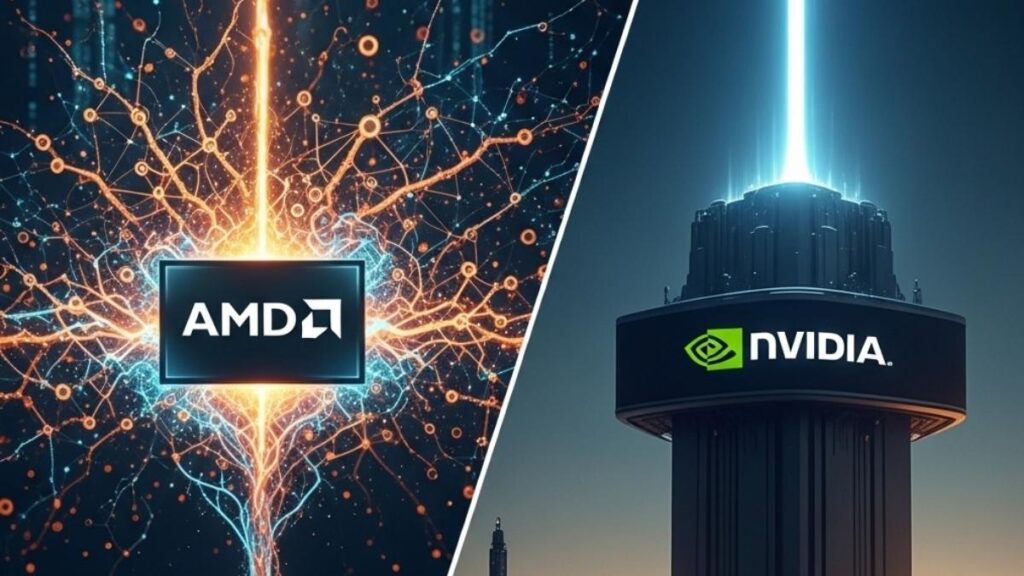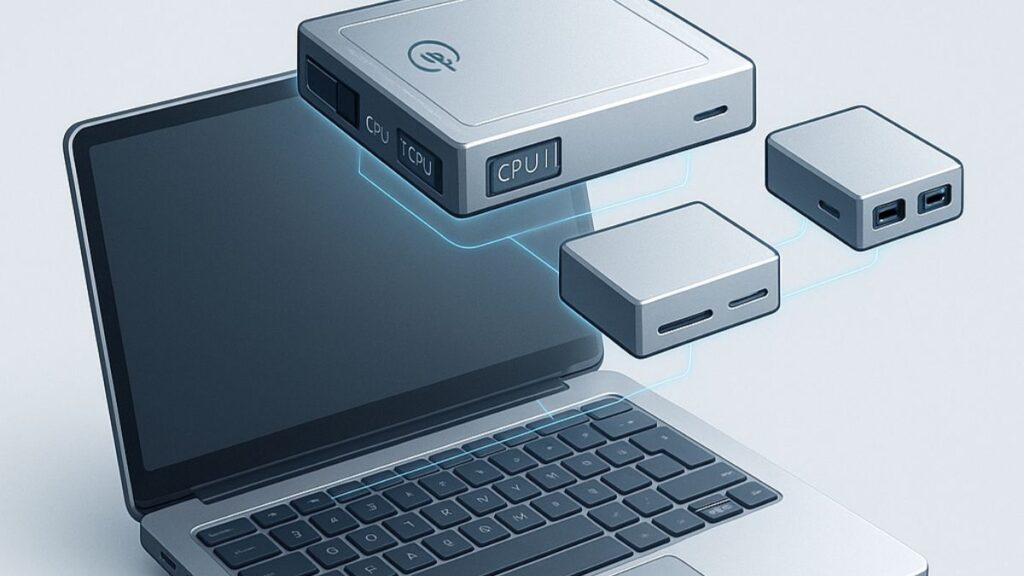This month AMD and Dell launched a line of impressive servers, but that is not the big news. The big news is that this signals Intel is vulnerable and that has huge implications for not only the server but the PC market as well.
One of the sayings I have repeated for years is that perceptions trump reality and I doubt there has been any period in my life when this has proven truer due to the massive amount of “fake news”. These false reports which have had an equally massive impact on behavior. But, with companies like Intel who are dominant in a segment the perception they are invulnerable is a massive asset.
It amazes me how often companies allow—often through budget cutting—that perception to fade and suddenly find their competitive costs spike because they did not realize that the mere perception of invulnerability was alike a force field protecting their products and brand. IBM was once thought to be invulnerable, then Microsoft, and now it is Google, Apple, and Amazon.
Once this perceived invulnerability is gone, firms rarely get it back. With this server announcement, Intel appears vulnerable and—while that is partially due to AMD’s execution—a lot of this vulnerability came from foolish things Intel did to itself.
Let me explain.
IBM and Microsoft
Let me set a base level in history because I lived through both IBM and Microsoft’s loss of this huge asset. For IBM, from the 70s though most of the 80s, the firm was thought to be unbeatable in computing. This held down investment in competitors (why waste money doing something folks thought was impossible), prevented much of the successful employee attrition that most other firms enjoyed and allowed IBM to maintain their leadership position for a fraction of the cost it took to achieve it. IBM then took advantage of customers—eroding loyalty—and panicked when they saw client/server and PCs emerge. Suddenly they appeared vulnerable, allowing Sun Microsystems, Oracle, and Microsoft to rise up and shatter their image of invulnerability. But since they had cost-reduced their competitive efforts, instead of being a force to be reckoned with they were instead a paper tiger and went from top to bottom of the pile in months.
Microsoft was more interesting because it was arrogance that was at the core of their fall. By the end of the 1990s they were thought to be as, or in some cases, more powerful than IBM was. But they had been blindsided by the internet and the Netscape browser. The irony here was that Netscape was badly run and did not represent a real threat. The firm had a horrid revenue model and was effectively a one-trick pony. They would have failed regardless of what Microsoft did since they could not effectively find a way to monetize the browser and ad-based revenue was not yet a thing. But Microsoft acted afraid of the firm making, them appear vulnerable and Apple, who Microsoft had ironically helped save, ended up putting an exclamation point behind that vulnerability and Google piled on. So even though Netscape failed, Microsoft’s response to that firm’s imagined threat wiped out the perception they could not be beaten.
AMD vs. Intel
AMD has tried and failed to take Intel on directly, and there is a huge disparity in size between the firms. There have been other challengers like Transmeta, but Intel stepped on them hard and once their dominance was fully established—with some exceptions—they have maintained their perception of invulnerability. But this allowed them to become complacent. Over time, their marketing weakened, they killed critical programs like the Intel Developer Forum (IDF), and they failed on challenges like smartphones, tablets, TVs, makers, and even had a failed TV show. The firm’s relationships with Microsoft and the OEMs degraded, and the recent massive security problems, and questionable CEO behavior, just added to the mix. However, all this did was set a foundation for vulnerability, in their core markets there did not seem to be much risk. Even the Qualcomm and Microsoft project to create an ARM based laptop line did not seem to hurt Intel much largely because there had been past similar failed efforts that tended to shield Intel.
But servers are where Intel is most vulnerable, and Dell has been one of the most loyal Intel partners over time. This company had been burned by AMD in the past and—up until recently—seemed uninterested in releasing a major AMD line.
Well that just changed. Dell now has a decent line of AMD servers which should help shatter the perception that Intel is invulnerable. But, like IBM, Intel has killed efforts like IDF (now NVIDIA’s GTC is where IDF was) and, due to Intel’s massive cost and staff reductions, Intel does not have the resources it once had to defend. This suggests their time at the top has been severely reduced.
Wrapping Up
What Intel is going through is common. Companies that become as dominant as Intel was tend to take that dominance for granted and cut competitive resources. If they did not, they would be virtually impossible to displace without a major problem, and if they do, when a major problem emerges they lack the resources to defend.
We are simply seeing this process in action again and, this time, AMD is the big beneficiary. If AMD truly steps up—and their CEO Lisa Su is one of the best trained CEOs currently in market—they have an unprecedented opportunity to displace Intel broadly. But she never could have done this without Brian Krzanich. I am thinking she may want to send him a “Thank You” card.
- The Human Element: HP’s Latest Security Report and My Near-Miss with a Digital Predator - July 11, 2025
- The Mighty Mini: Why HP’s Z2 Mini G1a Workstation Is the Unsung Hero of AI Development - July 7, 2025
- The HP OmniBook X Flip 2-in-1 16-Inch: Your New Digital Swiss Army Knife (Now in Glorious Atmospheric Blue) - June 25, 2025




Very good artical.
AMD may become the new Apple!
Sorry “article”